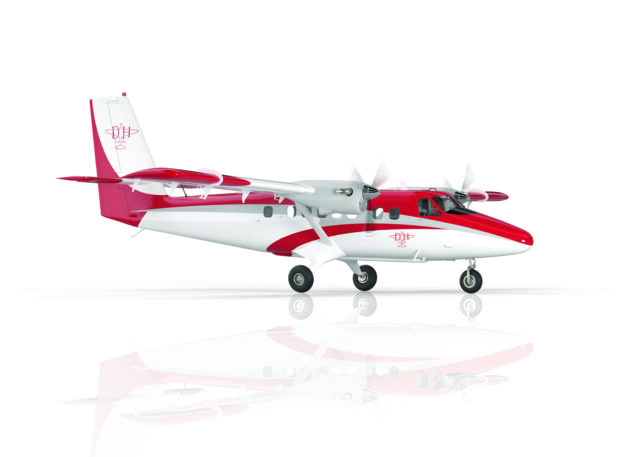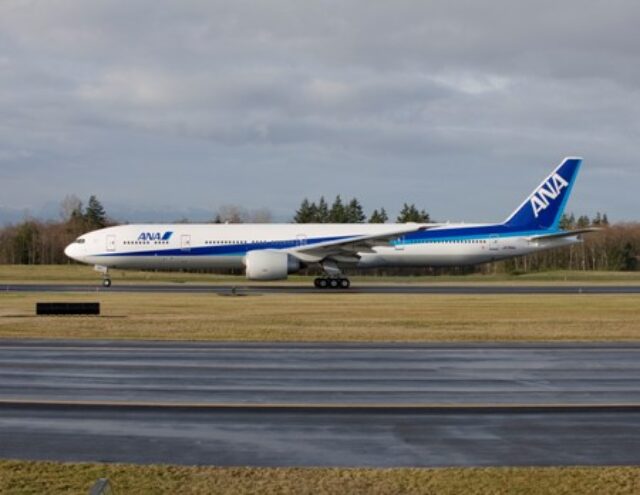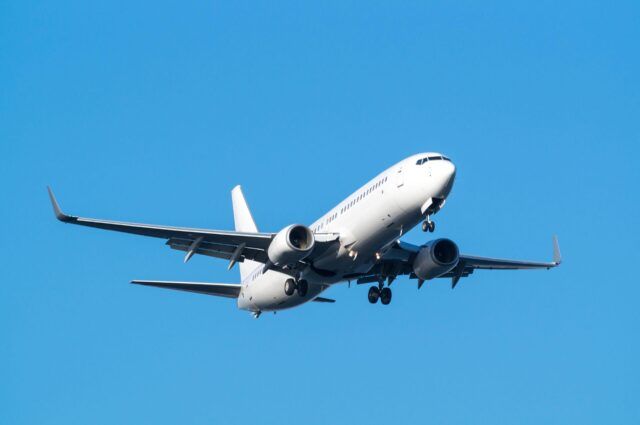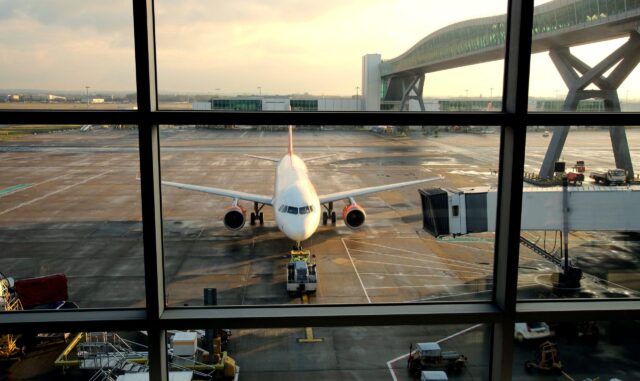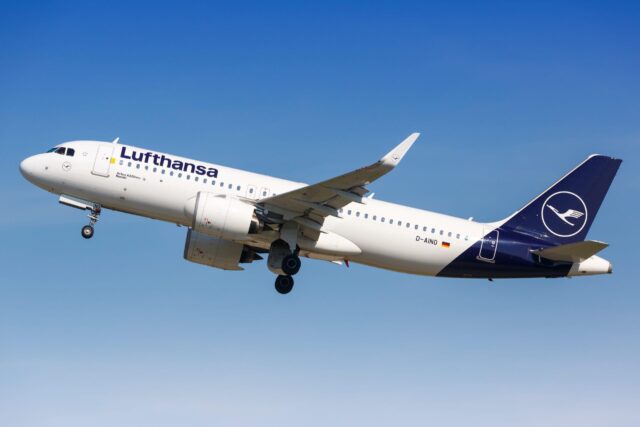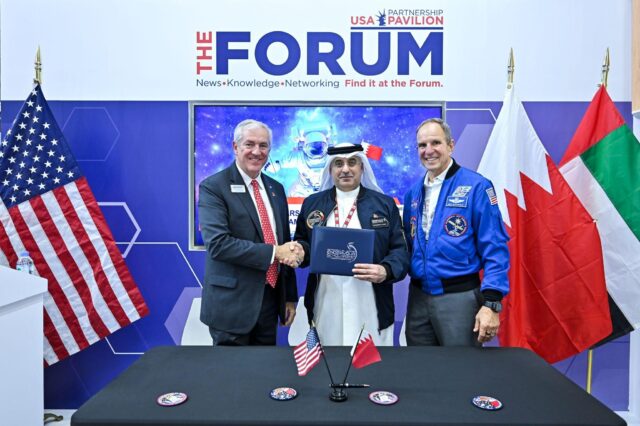First UH-169D Light Utility Helicopter delivered to the Italian Army

The first UH-169D Light Utility Helicopter for the Aviazione dell’Esercito (Army Aviation) was formally handed over during an official ceremony held at the Italian Army Aviation’s Headquarters in Viterbo, Italy, on 28 April 2025. The ceremonial hand over was undertaken in the presence of Army Chief of Staff General Carmine Masiello, officials from the General Secretariat of Defence – Directorate of Air Armaments (DAAA), and senior representatives from Leonardo Helicopters.
The UH-169D is a light multirole military helicopter based on Leonardo’s AW169M, equipped with skids rather than a wheeled landing gear. The new helicopter has an NVG-compatible digital cockpit, an advanced mission management system, and can integrate various tactical systems depending on mission profiles, including encrypted radios, IFF transponders, data links, and C4ISR connectivity.
Powered by two Pratt & Whitney PW210A engines, the aircraft can reach a cruising speed of approximately 260 km/h and has a range of more than 800 km with auxiliary fuel tanks. Its modular cabin accommodates up to ten equipped soldiers or several stretchers in MEDEVAC configuration, enabling operational flexibility across diverse mission sets.
The Light Utility Helicopter was developed through a close collaboration between the Italian Army, the DAAA, and Leonardo, and forms part of a national programme that follows a multi-agency standardization approach.
The new aircraft shares a common architecture with other AW169 helicopters already operated by Italian government agencies including the Guardia di Finanza and the Carabinieri. The Guardia di Finanza ordered 22 UH-169s in 2018, while the Carabinieri placed an April 2020 contract for five AW169s (plus two options ) to be delivered between May 2022 and 2028.
The commonality between the army, Guardia di Finanza and Carabinieri aircraft promises to streamline training, logistics, and certification procedures, while improving interoperability across national operators and increasing Italy’s ability to respond rapidly during emergencies both domestically and abroad.
In army service the UH-169D will progressively replace a number of ageing platforms that are currently in service, including the AB-206, AB-205, AB-212, AB-412, and A109, forming a key element in what is a comprehensive modernization plan. Replacing all of these disparate types with a single, standardized platform will deliver improved cost effectiveness and enhanced operational capabilities.
The first aircraft (MM82181), was assigned to the 28° Gruppo Squadroni ‘Tucano’ part of the 1° Reggimento Aviazione dell’Esercito ‘Antares’ at Viterbo. It’s all-white colour scheme may indicate that it will be assigned to support United Nations operations. This would indicate that the UH-169D will replace the AB-212 helicopters of the Squadrone ESC ‘Italia-UNIFIL’ at the UNIFIL (United Nations Interim Force in Lebanon) HQ at Naqoura in Lebanon. UNIFIL is a peacekeeping mission established in 1978 to monitor Israeli withdrawal from the south of Lebanon, supporting the Lebanese Armed Forces, and contributing to regional stabilization.
A pair of UH-169B basic training helicopters (fitted with wheeled landing gear) were delivered in 2020, and these have primarily been used to allow crew familiarization ahead of UH-169D deliveries. These are assigned to 30° Gruppo Squadroni ‘Pegaso’, part of the 2° Reggimento Aviazione dell’Esercito ‘Sirio’ at Lamezia Terme. The unit has played a central role in testing and training for the new type, accumulating more than 1,000 flying hours by 2021. The flight test campaign allowed the Italian Army to adapt the UH-169D to meet its specific operational needs, validate performance parameters, and assess integration within joint and allied environments.


